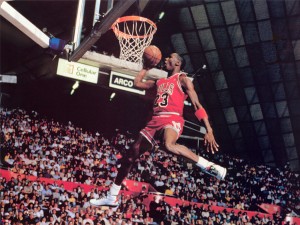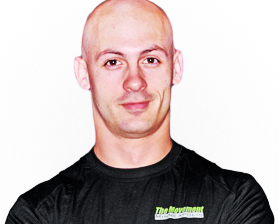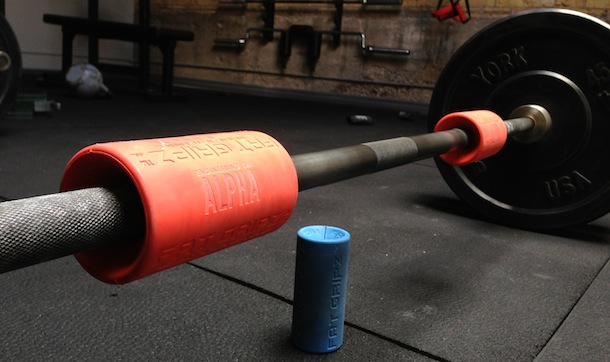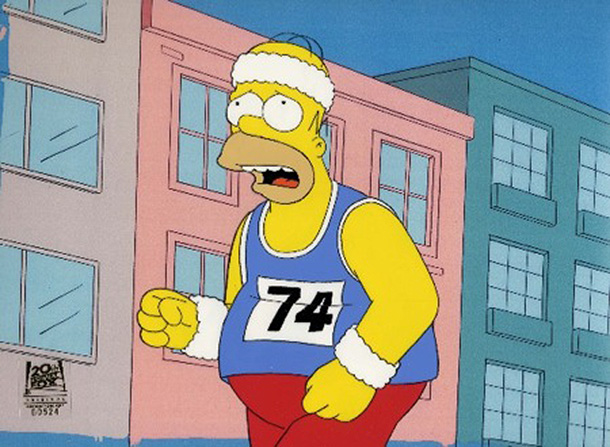
I was asked by a major magazine for some tips on how someone jumping back into playing basketball should prepare in the gym. The content went unused, so I’m posting it here in case it’s useful to you. The intended audience here is sort of your mid-forties commercial gym-goer, but the concept applies to anyone. I substituted one of the magazine’s own strength programs for a solid program by my friend JC Deen.
The first thing you want to do when you’re preparing to play basketball, or any sport, is to have a solid foundation of strength to build upon. Think of this as the size of a glass. Once you have a glass you can fill it with sport-specific skills and abilities. The bigger the glass, the more you can put in it. One fantastic way to do that would be to use a strength based program like JC Deen’s great LGN365 program. [There’s plenty of free information on the Internet, but it’s awfully nice to have someone do the footwork for you and put together a comprehensive plan. If you do go ahead and purchase LGN365, remember to test everything.]
The next think you’ll want to do is up your jumping game, along with shoring up your knees and ankles (both the connective tissues and the musculature) to handle the stresses of basketball. Start out with simple box jumps to a height you are extremely comfortable with. Do no more than 5 reps per set, and make sure you are landing quietly every single repetition. As your ability to produce force in taking off as well as reducing force during landing increases, add height. Once you’ve reached a box height of about 20 inches, cut that height in half and do Depth Drops. To perform, you’re going to step up onto the box, and then step off the edge and fall to the ground. The goal is to land as softly and quietly as possible. No one should be able to hear you land – especially not in a busy gym.
Finally, to ratchet up your conditioning and improve your ability to change direction at the same time, stick with the old school Suicide Sprints (aka shuttle runs) you may remember from high school PE. In a gym or on a track, mark off 3 points about 15 feet apart in a straight line. Sprint from the starting line to the first point, then back to the starting line, then to the second point, and so on until you’ve gone to the farthest point and back to the starting line. That is one repetition. Rest as needed to maintain your speed. When you can’t perform another full repetition at the same level of overall speed, call it a day. Each training session, change the distance between the markers slightly, but there’s no reason to go long distances — the point is to get better at turning sharply, and trust me, you’ll get plenty of conditioning even if the cones are only five yards apart.






